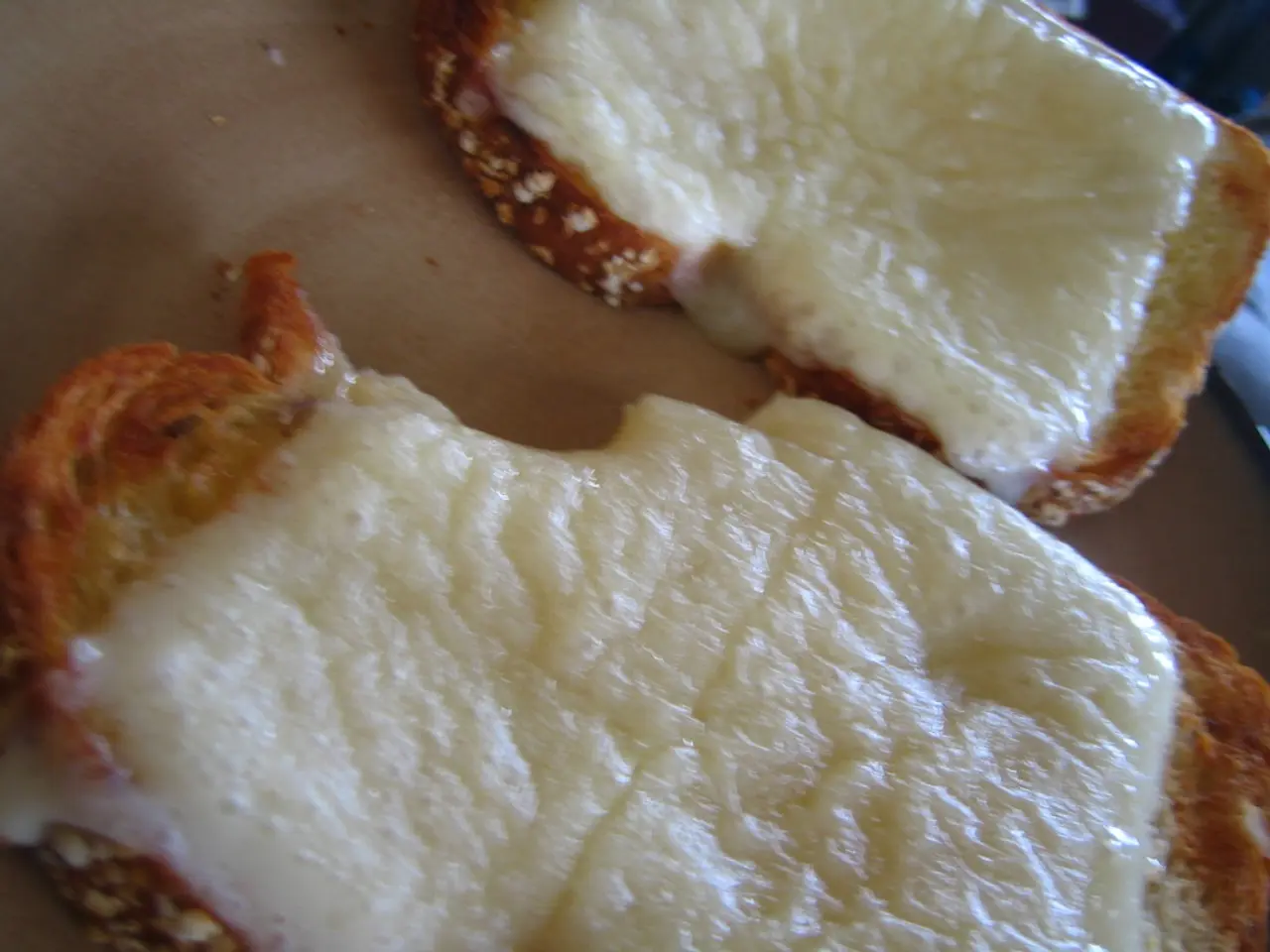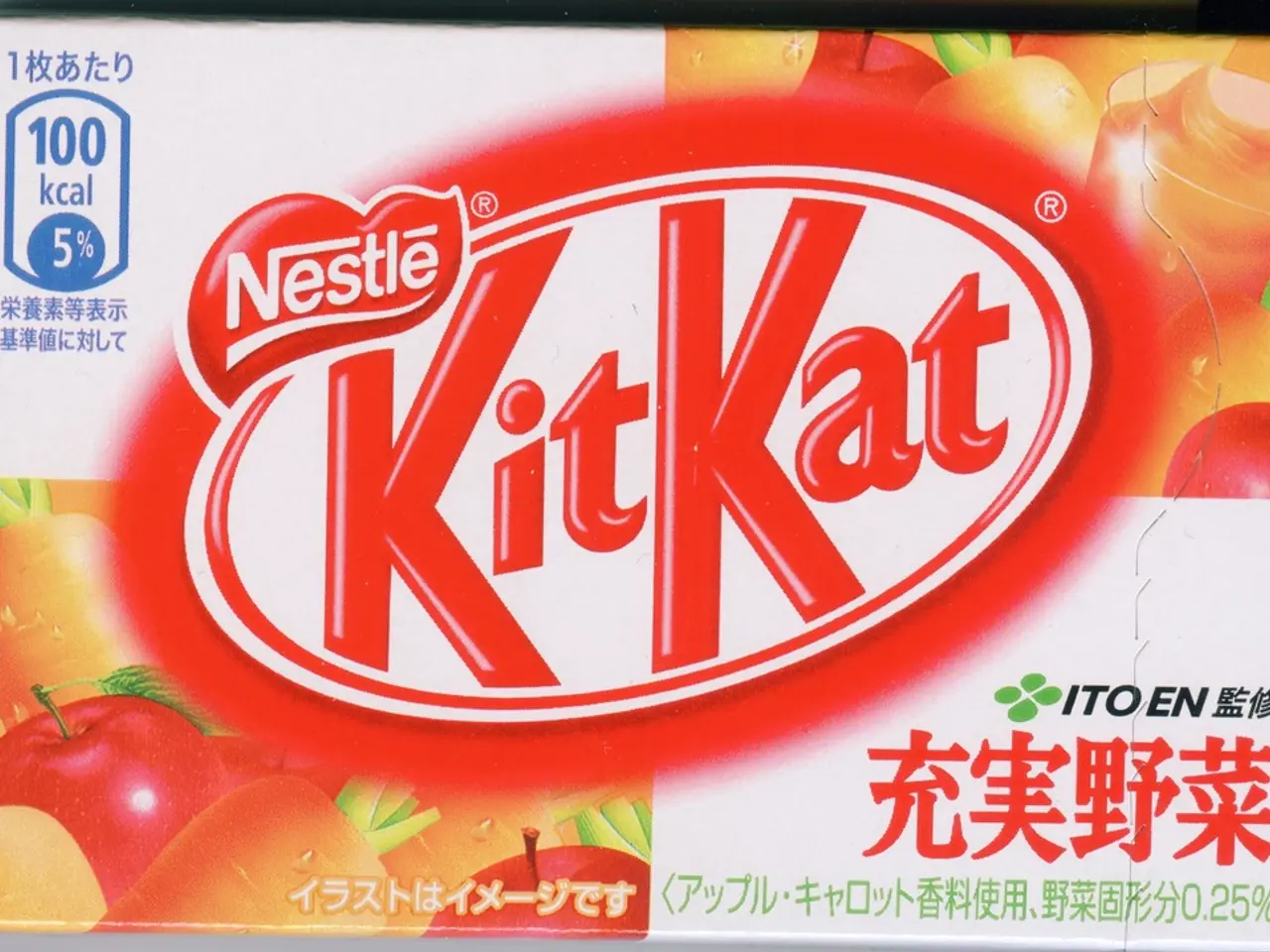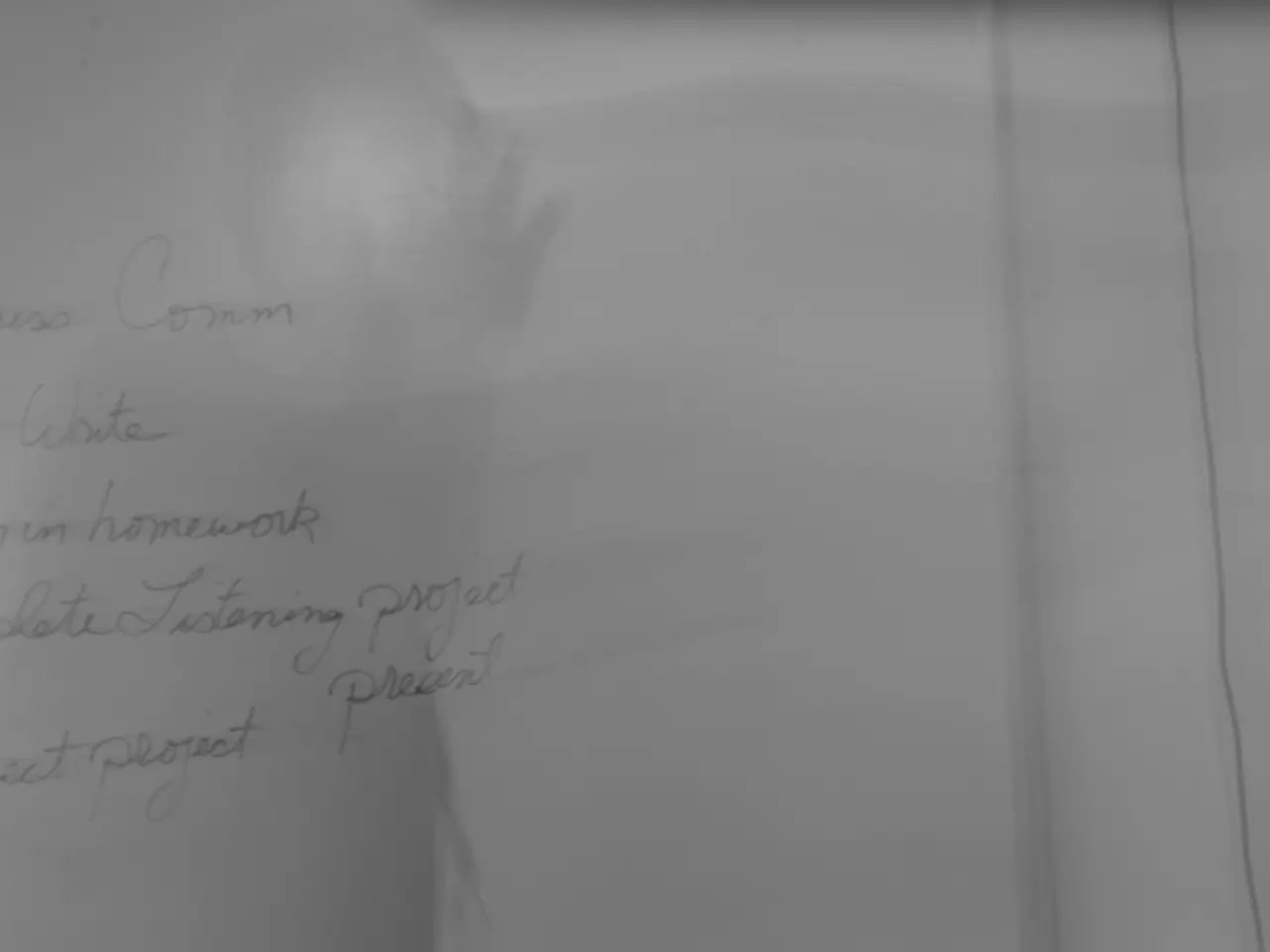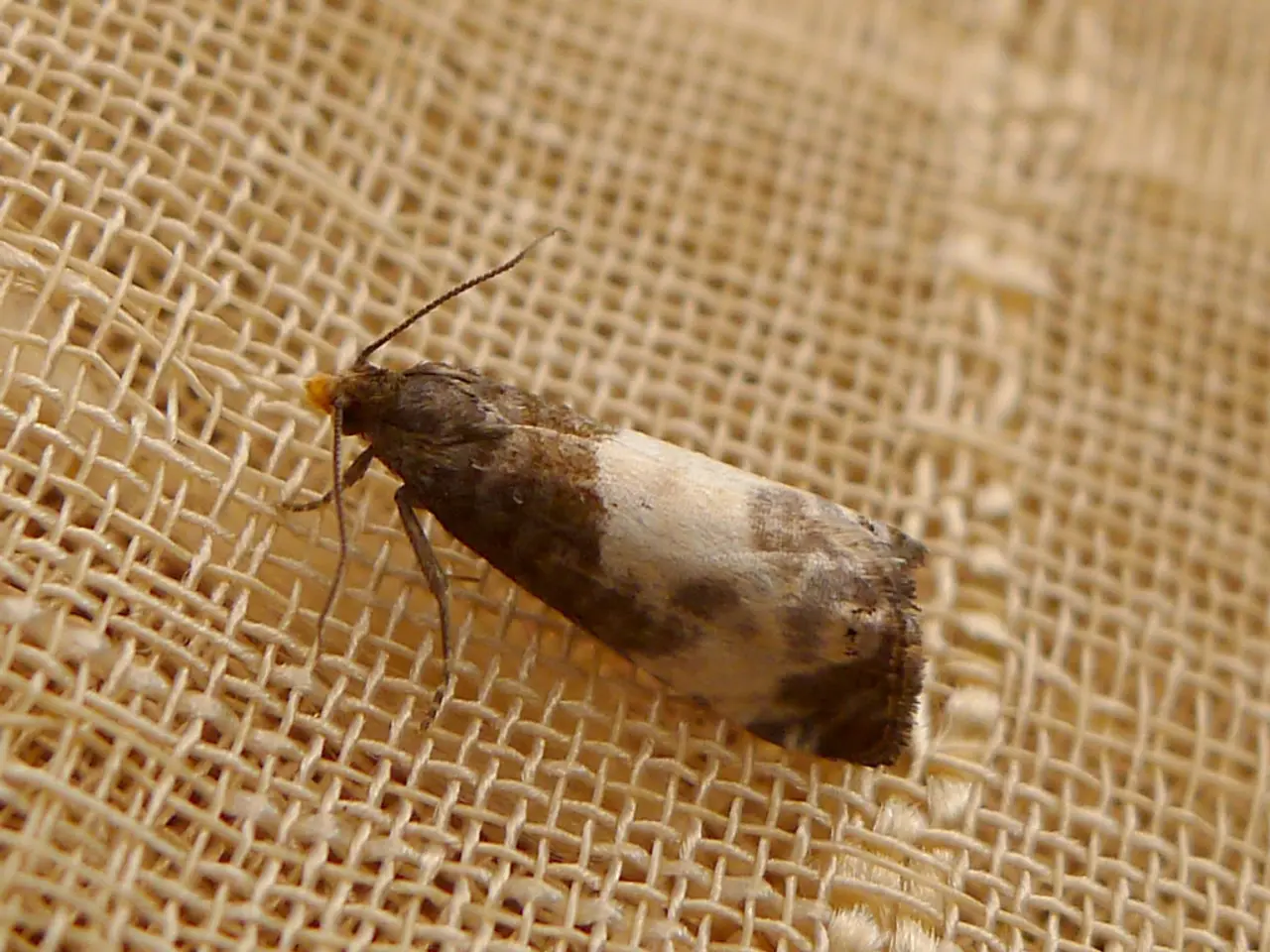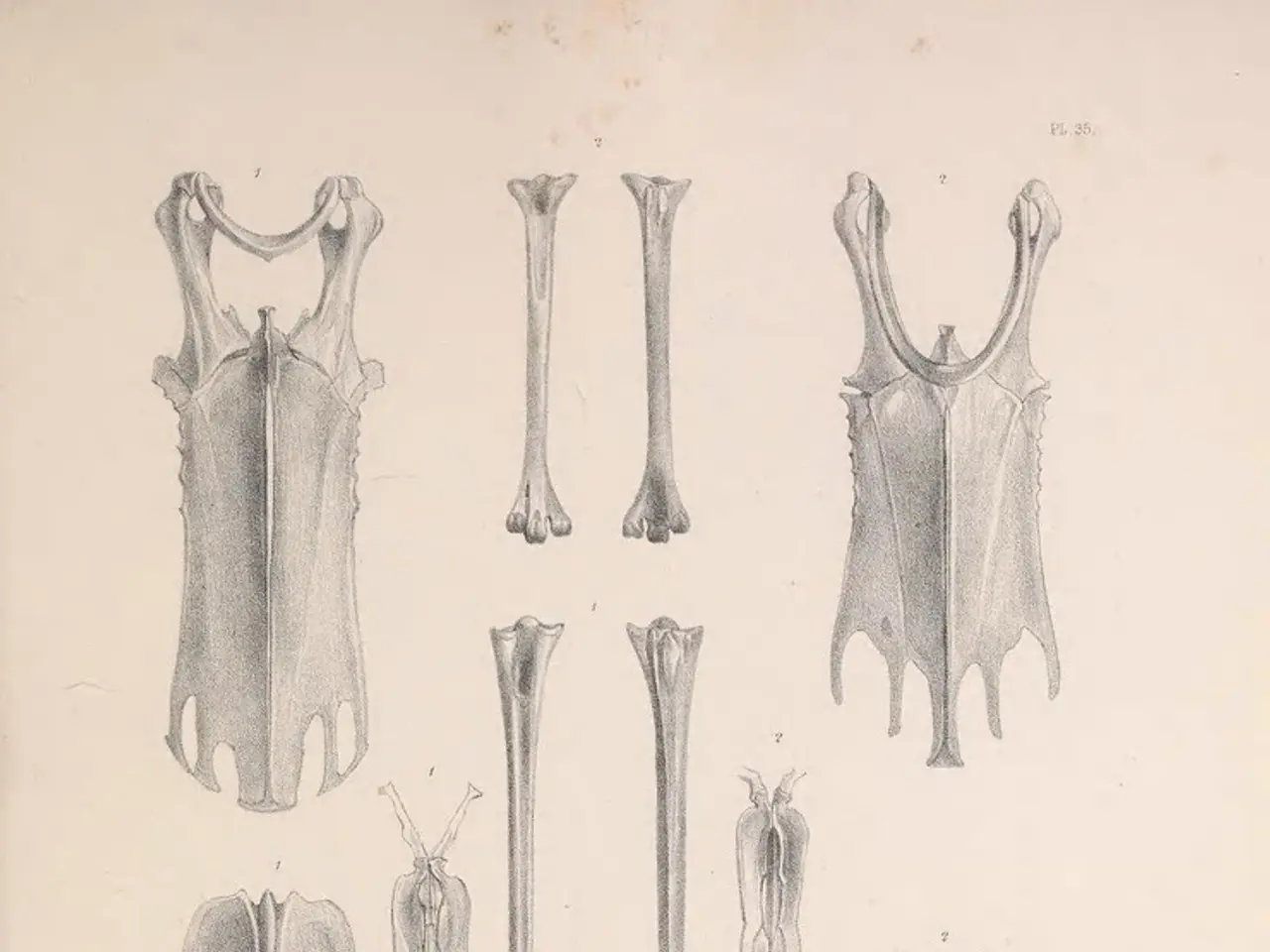Treatment Methods for Hidradenitis Suppurativa Scars: Exploring Creams, Surgeries, and Other Options
In the battle against the inflammatory skin condition Hidradenitis Suppurativa (HS), reducing scarring is a crucial aspect of management. Here, we delve into the most effective methods for minimising the appearance of scars from HS.
## Medical Treatments
1. **Biologic Therapies**: Medications like adalimumab, secukinumab, and bimekizumab can help curb inflammation and prevent flare-ups by targeting specific pathways involved in HS. These therapies, particularly effective for moderate to severe cases, can help minimise the formation of new scars[1][3][4].
2. **Topical and Oral Medications**: Topical antibiotics (e.g., clindamycin) and oral medications (e.g., antibiotics, hormones) can manage mild to moderate HS, reducing the risk of scarring by controlling symptoms and preventing severe flare-ups[2][5].
3. **Steroid Injections**: Injections of steroids like triamcinolone can reduce swelling and pain in inflamed lesions, potentially reducing the severity of scarring if used early in the process[2].
## Surgical Interventions
1. **Deroofing and Excision**: Procedures like deroofing (removing the roof of skin tunnels) and excision (removing scarred tissue) can help eliminate existing scars and prevent further scarring by removing diseased tissue[1][2].
2. **Reconstructive Surgery**: Techniques such as local regional flaps, perforator flaps, and propeller flaps can improve cosmetic outcomes after surgical excision, reducing the appearance of scars[1].
3. **Combining Surgery with Biologics**: Utilising biologic therapies alongside surgical interventions can enhance outcomes by reducing inflammation and preventing recurrence[1].
## Lifestyle Changes
- **Quitting Smoking**: Smoking can exacerbate HS and hinder healing, so quitting can improve overall skin health and reduce scarring. - **Maintaining a Healthy Weight**: Excess weight can increase friction and irritation in affected areas, potentially worsening scarring. - **Managing Stress**: Stress can trigger HS flare-ups, so managing stress through relaxation techniques can help reduce the frequency of scarring episodes[2].
Following a surgical procedure, a person may experience pain, for which a doctor may prescribe or recommend pain relief. After about 6-8 weeks, the scar will be smaller and flatter, better matching the surrounding skin.
There are several creams and over-the-counter products available that can help with the appearance of HS scars, such as creams containing vitamin K, shea butter, and brands like Mederma. A person may need three to five monthly microneedling treatments to achieve desired results.
It's essential to remember that healing from laser resurfacing typically takes 2-3 weeks, while results from microdermabrasion may not last and require regular maintenance treatments. Scar massage is recommended within 2 years of any HS surgery or injury to prevent additional scar tissue, reduce pain, increase range of motion, improve scar appearance, and enhance blood flow.
In cases where scarring occurs, a person can discuss with their doctor the best options to reduce scarring following treatment. Micronedermabrasion and laser resurfacing are potential treatment options for HS scarring, while CO2 laser surgery may be effective for reducing the appearance of HS scars, but more research is necessary. Surgical removal of HS scars is limited, and surgery revision may be necessary, but it is often viewed as cosmetic surgery by insurance companies, which may require out-of-pocket payments.
New biologic treatments that can inhibit inflammation and prevent scarring in severe HS are on the horizon, offering hope for those struggling with this condition.
- Science has developed various biologic therapies, such as adalimumab, secukinumab, and bimekizumab, which not only help manage Hidradenitis Suppurativa (HS) but also minimise the formation of new scars by targeting specific pathways involved in the condition [1][3][4].
- A cosmetic outcome can be improved after surgical interventions for HS by using reconstructive surgery techniques like local regional flaps, perforator flaps, and propeller flaps, which can help reduce the appearance of scars [1].
- In the realm of health-and-wellness and skin-care, quitting smoking can have a significant impact on reducing scarring associated with Hidradenitis Suppurativa (HS) by improving overall skin health [2].
